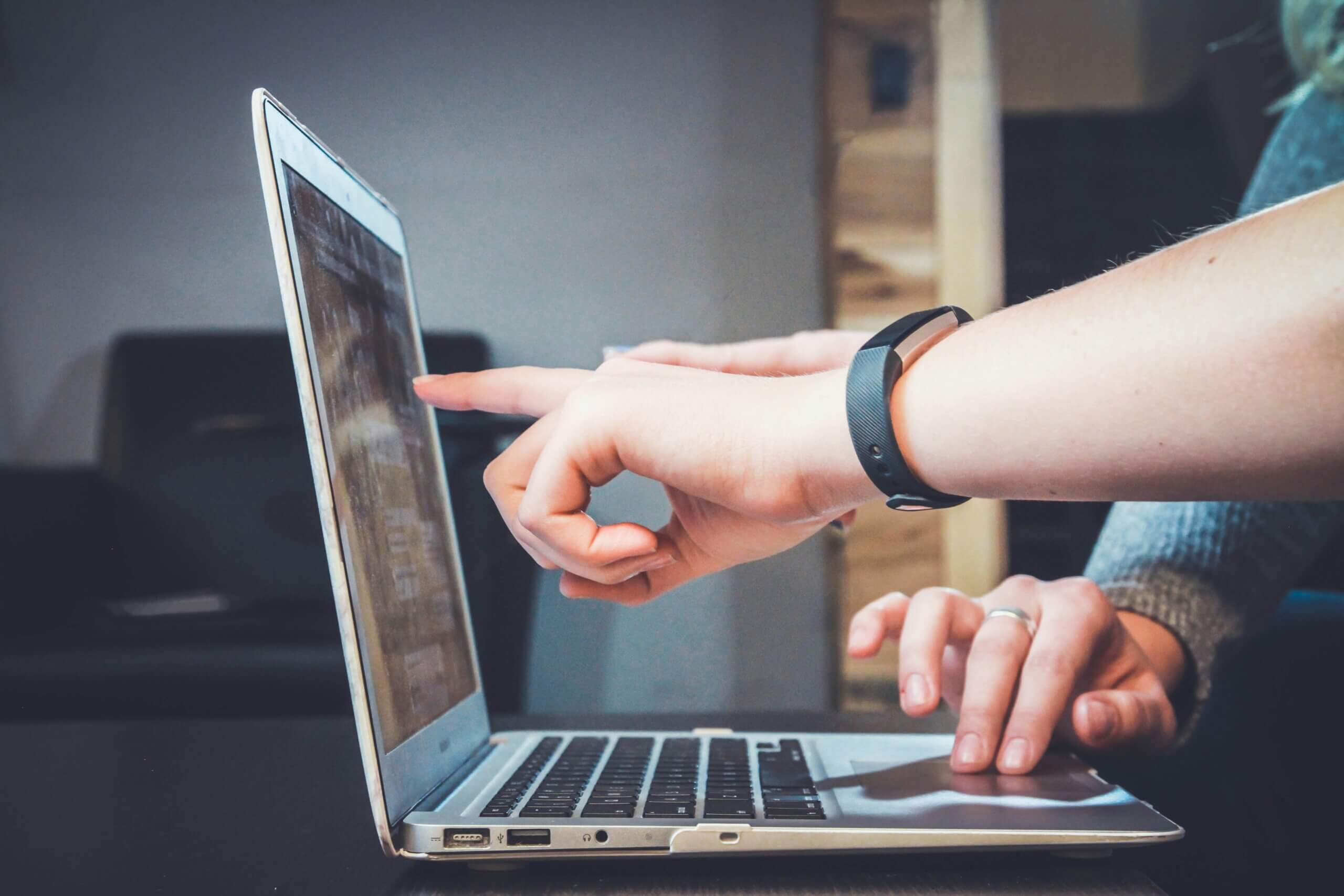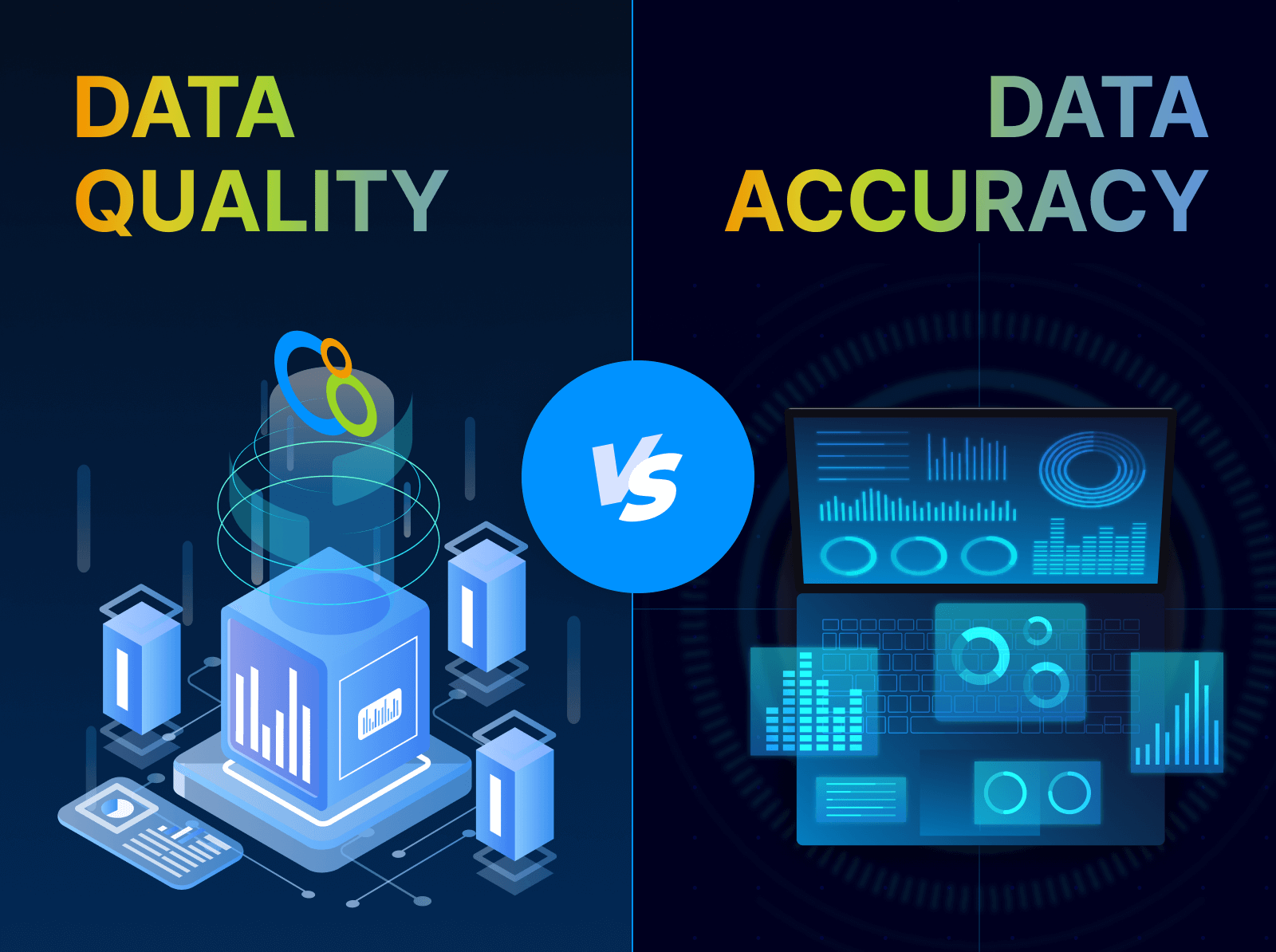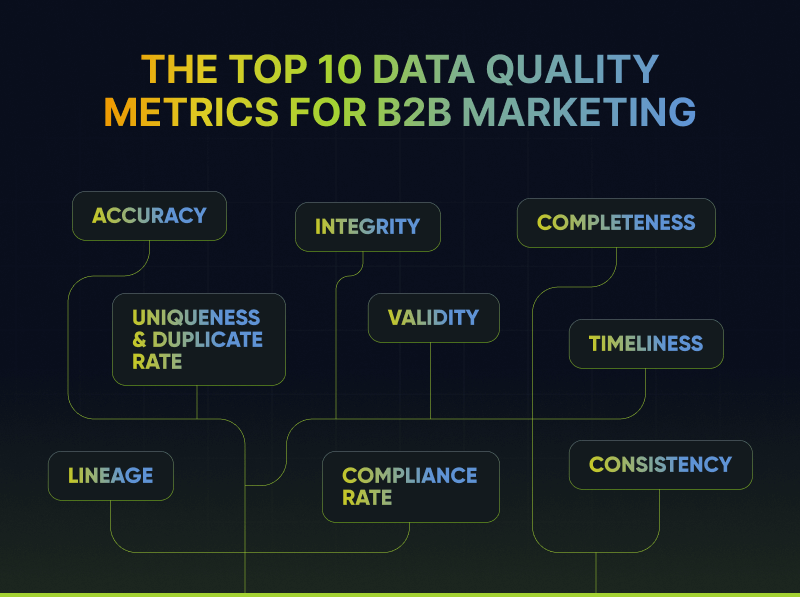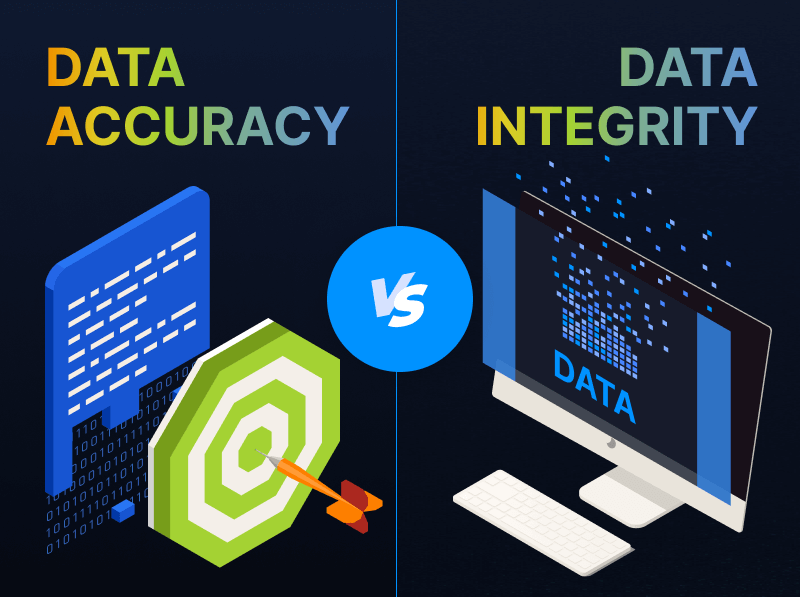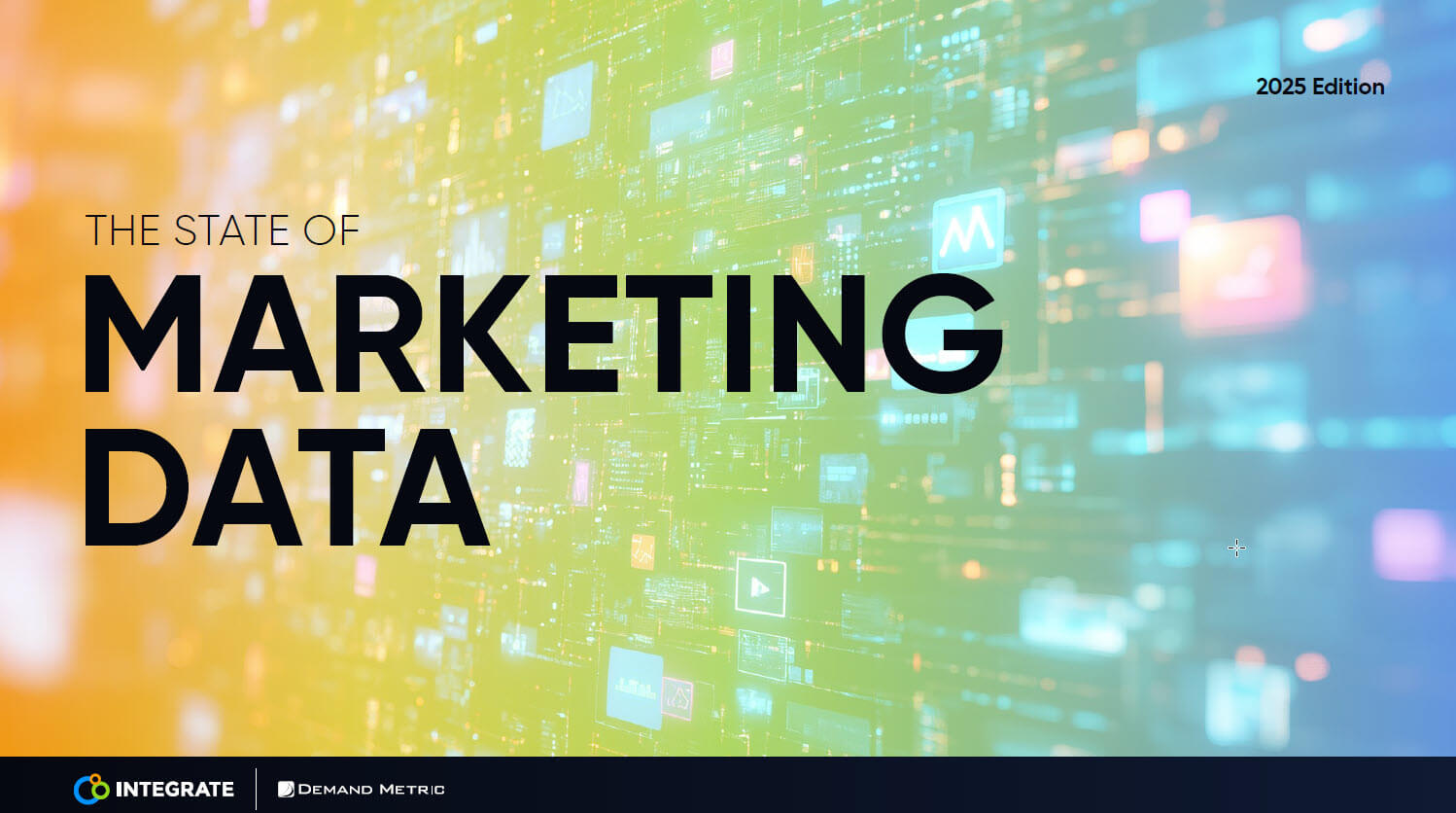Level Up Your Events Strategy in 2020 and Beyond: Key Webinar Takeaways
On average, 20-40% of the entire B2B marketing budget is spent on in-person events, trade shows and conferences, making it the largest single investment in any marketing channel. So, what do you do when events are postponed, virtualised, or in some cases cancelled?
There’s a lot of uncertainty around the eventual return of events, and we must accept that things won’t come back the same. We will need to adapt to a new way of working, possibly later this year and certainly in 2021.
We are finding a lot of B2B marketers that we work with are using this unexpected downtime to plan ahead for their next events. Using the time to really look at systems, at their processes, and at their programs, to get themselves ready for when their events calendar starts to fill up again.
In our recent webinar, Chris Wickson, GM of Events at Integrate, shared insights and tactics from our recently released Guide “How To Turn Events Into A Measurable, Pipeline-Generating Machine”, designed to prepare B2B Event Marketers for the return of physical events.
If you missed the webinar, don’t worry. Here are my key takeaways that you can take into consideration and help kickstart some ideas that you can take back and discuss with your team.
(You can also watch the webinar on-demand here at a time that fits your busy schedule)
Developing an Integrated Events Strategy
All event marketers by their very nature are incredible planners. In our experience, they do a really great job of planning on an event by event basis, but where they struggle is building a strategy for their entire events program.
It’s so important to align your events strategy with the overall business objectives. You need to look at what the company goals are, and of course, your customer needs.
You need to remember that events, online or offline, are not just the domain of marketing. Events also play a globally important role for sales, customer success, and product. So, it’s really important to co-create with your colleagues, to make sure that you are working cross-collaboratively with the different teams and functions.
Building The Perfect Event Mix
When it comes to building your event mix, think about your events strategy, your overall business goals, and look at how different types of events align to the buying stages your customers are going through.
For example, when trying to raise awareness, trade shows, exhibitions and conferences, are great. If you’re looking to build customer loyalty, customer retention and advocacy, you could run a customer conference.
With everything that’s going on right now, there’s been a huge surge of attention towards Virtual Events. There are some great platforms out there that deliver a really good experience from an attendee and a content perspective. What we haven’t seen anybody crack yet is effectively delivering leads and demand for sponsors and exhibitors.
That being said, we do see Hybrid Events becoming the new norm post-pandemic. The idea that every face-to-face event will have additional components to allow people who can’t attend physically for accessibility or travel reasons, to stream sessions and access content alongside the physical event itself, will be really important as we look forward to next year.
Planning For Your Event and Building Out That Audience
When planning for your next event, it is important that you identify your audience and build experience and content around that using different tools and technology.
As we mentioned previously, events are not just a marketing operation, and other departments should be involved during the entire process. For example, when you’re planning first-party events (those that you’re the organizer at where you’re in control of the process) it’s important that you align with sales. You can use data from them and your CRM to make sure you get the right people in the room.
Data and Event Lead Management
Over the last decade, there’s been an explosion in events technology. Today, there’s a vast range of different vendors offering complete end-to-end event management solutions. When you’re first-party events, you can manage and curate the registration process, the onsite experience, the content, what happens with the attendees and leads, and the data post-event.
When it comes to third party events, you’re relying on the organizer and the vendors they’ve chosen. We know there’s an incredibly inconsistent and disparate range of tools provided for lead retrieval, from the badge scanner that’s been rolled out since the 1990s, to downloading a one-off event app that you’re going to use for a couple of days and then delete.
Further concerns are built from stories of exhibitors who’ve waited two weeks to get their spreadsheet of badge scans, only to find half the data’s missing and teams can’t remember who spoke to who. There’s a real, manual effort post-event to wait for the spreadsheets, scrub it and get it into a good state to bring it into your systems. By that time, there’s been a serious delay in follow up, leading to a significant drop off in conversions.
Thankfully, the technology and solutions are now there to really solve all those problems. Sponsors and Exhibitors can now have their own solution they take to every event they do, big or small.
Focus on Quality Conversations, Rather Than Number of Scans
Like everything in the world of B2B sales and marketing, quality is key and will win the day. It’s important to make sure your team are focused on quality conversations, capturing quality data, and getting that back into your systems, rather than the scan as many badges or get as many email addresses as we can approach.
Equip your teams to capture conversations anywhere. Events are not just about the booth and the conversations placed there. They might be about conversations that happen at workshops, in the queue for lunch, at the drinks or dinner or afterwards, even at the airport. So, the beauty of having your own solutions in place, really mean you should see them not tethered to the booth.
Refine Your Post-Event Strategy
Many B2B Marketers think of the post-event process as just an afterthought. That just leads to a lot of challenges and headaches down the line. So, if you’re able to prepare in advance and use the right technology, it makes such a big difference to the success of your event and your entire program.
If you’ve done the pre-event setup and integrations correctly, you’re already in a great place to sit back and watch the leads flow. With the right scoring and the right mechanisms in place, you can enable that fast, appropriate follow up of leads, resulting in a higher conversion of that conversation to the next step.
The vast majority of customers buy from the first vendor that they interact and build a relationship with. Yet from an events perspective – due to disconnected tools, technology and processes – there are long delays in getting back to leads after an event.
We’re in 2020 now. That shouldn’t be a case. Preparing in advance, scoring and routing correctly, but most importantly, being human is your recipe for event success. Marketing Automation tools are fantastic to have in your events arsenal and allow you to land in your prospect’s inbox in a speedy manner. But at the same time, and now more than ever, this requirement to be human and really customize and personalize the follow-up, makes such a big difference.
Measuring the Effectiveness and Impact of Your Event Programs
A lot of companies still cling on to measuring the number of attendees, number of registrations, and number of badges scans. These are important. They’re indicators and they are key things to track. But too many companies end there. They don’t think about the longer term, bigger picture.
Measuring the ROI from your events is so important, but the reality is that it’s tough to do. It’s hard to calculate all the costs that go into an event, from travel to accommodation and expenses.
Disconnected tools, systems and data make it very hard to track the flow of event leads as they come through. B2B sales cycles are not linear, there’s going to be lots of touchpoints, and an event could be just one of those. As an event marketer, you want to prove that you were of an influence to deal.
The best in class look at this in three ways. You’ve got your early signals, your lead metrics and your revenue metrics.
- The early signals: These are the important early indicators of success – how many people turned up, how many badges did we scan, what was the kind of general feeling from sales. They help build the complete picture of the success of your events. But they shouldn’t end there.
- The lead metrics: Rather than just looking at how many badges you scanned or how many business cards you captured, but how many Event Qualified Leads did we collect? You could then compare that number to your ideal customer profiles or your target accounts, and see of the leads you captured, how many of those matched your profiles.
- Revenue metrics: Events predominantly take place to drive pipeline, opportunities and revenue. So, it’s important you’re able to track all the way to the bottom of the funnel. If you’ve got the right tracking in place and the right technology, you should be able to run a report in your CRM six months or a year after a show (maybe sooner dependant on your sales cycle) to track how many deals were sourced from an event and what did that turn into.
Hopefully, that’s given you a taster of what was included in our recent webinar. You can watch the full webinar on-demand here: https://www.integrate.com/resource/how-to-turn-events-into-a-measurable-pipeline-generating-machine/
This webinar is also accompanied by our new guide – How To Turn Events Into A Measurable, Pipeline-Generating Machine – designed for B2B event, field and demand marketing leaders and their event partners working to realize the full potential and value of their events program.



